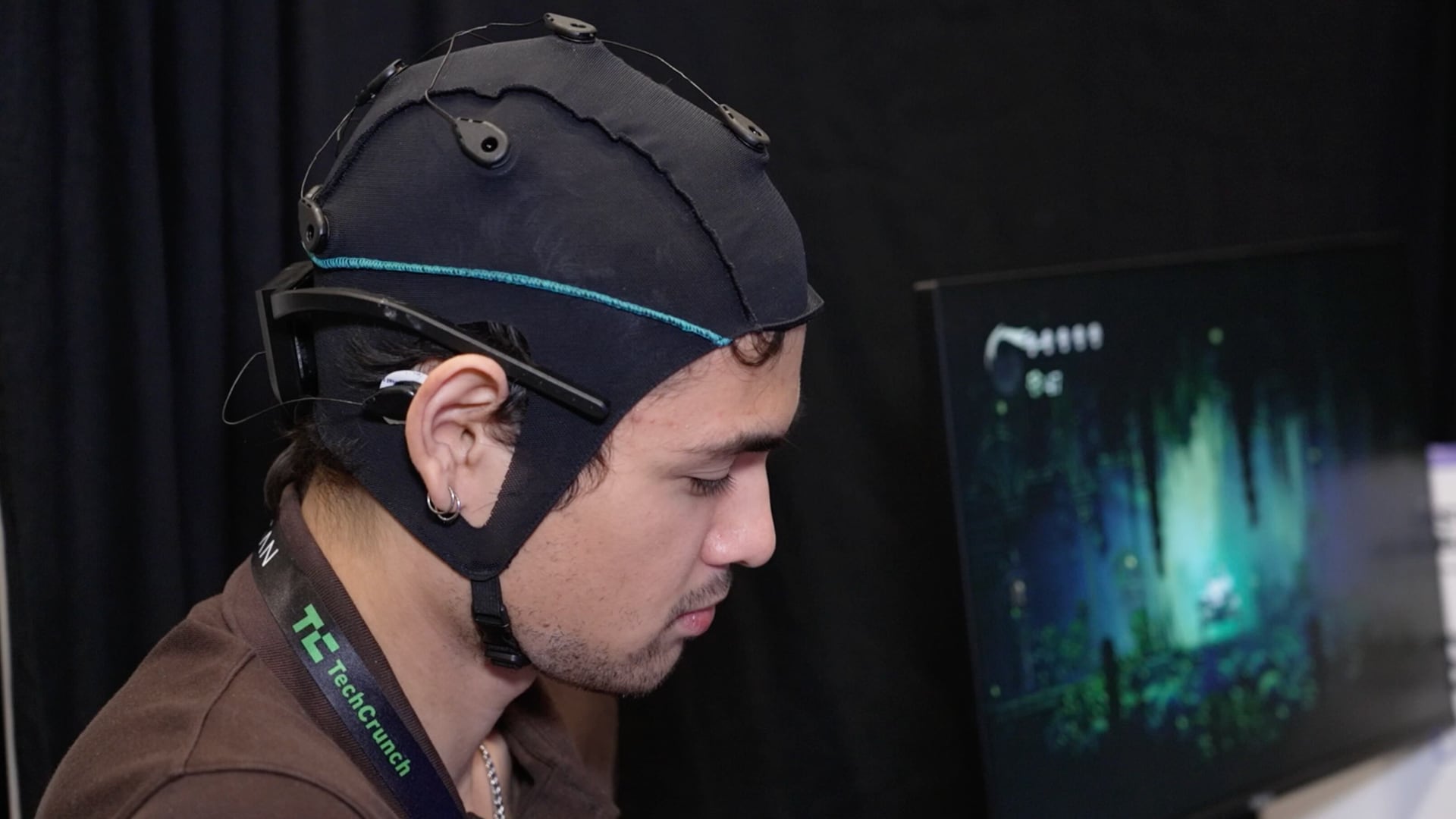30 years ago, “Toy Story”, the first ever theatrical length computer generated animated film, hit theaters to such massive critical and commercial success that the franchise is still going with a new film releasing next summer. This radical triumph changed the American animation industry forever but not totally in a positive way.
Toy Story’s major achievement, much to the chagrin of the people who worked on it, was to kill American two-dimensional animation. Every hand-drawn 2D American animated film released post-Toy Story flopped, and studios believed the reason was because they were not made with computers in three dimensions. Not because, you know, they were bad. This caused movies like “Chicken Little” and “Shrek” to abandon their hand-drawn roots and switch to three-dimensional computer graphics.
After Pixar was purchased by Disney, John Lassator, director of “Toy Story”, was promoted to Chief Creative Officer of both Pixar and Walt Disney Animation Studios and tried to revive 2-D animation in the states with “The Princess and The Frog”. When it underperformed at the box office, it was the final nail in the coffin for the style.
Abroad, theatrical 2-D animation never stopped and now with imported movies like “The Boy and The Heron” and “Demon Slayer: Infinity Caste” becoming surprise hits, the viability of theatrical 2-D animation in the states is restored.
Pixar has been waiting for this moment. Quietly, they have been developing their own method of 2-D animation within their Disney Plus Spark Shorts program with great films like “Kitbull,” “Burrow,” and “Twenty Something,” which you should absolutely check out if you haven’t already. Now they are preparing to release their first theatrical length 2-D animated feature, “Gatto” in 2027.
Pixar may have accidentally killed American theatrical 2-D animation, but thanks to the help of overseas hits, they might also resurrect the genre. Fingers crossed.









